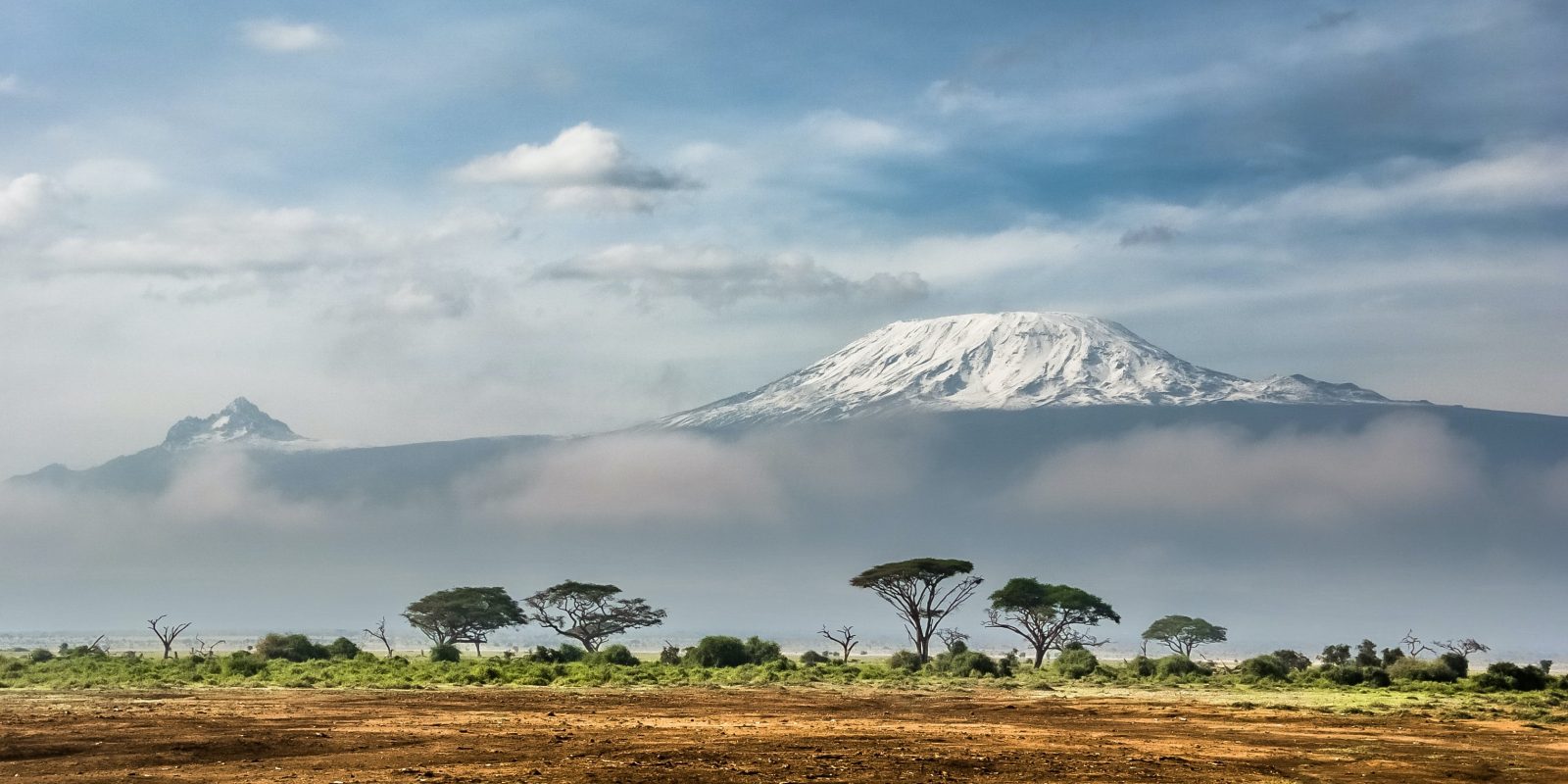
A leading Kenyan non-governmental organization has teamed up with a group that uses drone and robotics for public benefit in a reforestation effort to turn back one region’s steady environmental decline. Their goal: prepare and plant indigenous trees that have vanished across 2,250 acres of decimated countryside.
Droning for (tree planting) good
World Vision Kenya and partner Kenya Flying Labs have launched the reforestation effort in Tana River County, an enormous area in the southeastern portion of the country. Decades of unsustainable farming methods, tree felling for fire fuel, and expedient land clearance has left vast sections of the county barren. Perhaps worse still, places that have experienced regrowth have been overrun by the invasive Mathenge tree species. The groups’ joint effort seeks to reverse the ecological decline of affected zones that have suffered negative effects in climate change, local economic activity, and food production.
The stakes are high indeed. Over 82% of the local population relies on agriculture and livestock production for their livelihood and main food source. Returning their land to its natural state is vital for the ground to return to health – especially the ability to retain rain water with trees that benefit all plants growing around them.
The project aims to reseed the most blighted areas with indigenous trees, creating at least 250 acres of new growth for each of the nine Tanya River villages involved. In its first phase, Kenya Flying Labs pilots traveled to those designated communities and flew DJI P4 multispectral drones. Designed for agricultural use, those craft were able to map intended plant zones, and collect data for ground profiles.
The high-resolution imagery obtained produced nine fully detailed ortho maps. Those were further analyzed to determine each site’s vegetative index, leaf coverage, and vegetation chlorophyll content and sensitivity. Those precise profiles were later used in preparing the process, material, and participants for the planting stage.
Drones to perform fast, cheaper aerial seeding
Slated to commence soon, that phase will be carried out by Kenya Flying Labs drones using ReleaseLabs technology that identifies precise spatial location, and will drop biochar seed balls at the designated regrowth areas. That aerial approach both speeds the seeding process, and slashes the labor and costs that would be incurred if local farmers had to plant by hand.
Once seeds have germinated and begun to sprout saplings, the final phase of the project will re-map the same areas. Data from that will be used to analyze the efficiency of the process, and to monitor growth rates over time.
FTC: We use income earning auto affiliate links. More.




Comments